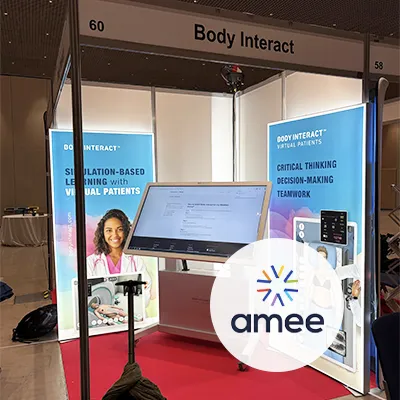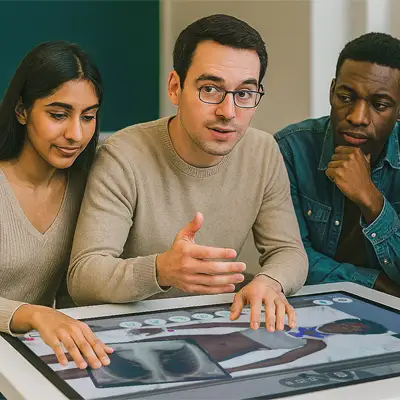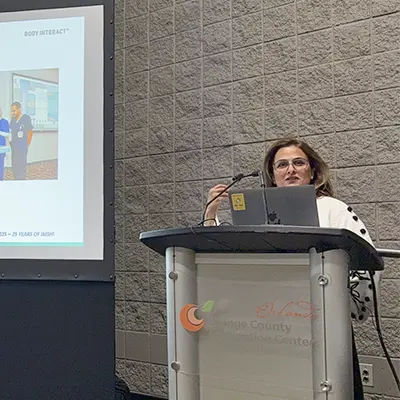A board of 4 speakers from Brazil, Mexico, Japan, and Italy presented the audience with a multicultural perspective on teaching and learning with Virtual Patients, in a session moderated and presented by Take The Wind CEO, Pedro Pinto.
Overcoming the challenges of Clinical Education with Virtual Patients was what brought together speakers and the audience. Let’s take a look at the main ideas presented by our first speaker:

Prof. Edgar Herrera
Professor at the Health Sciences Faculty, at Anahuac University, Mexico
Certified Healthcare Simulation Educator
Fellow of the SSH Academy
Professor Edgar Herrera believes that there is an Era Before Covid (BC) and After Covid (AC) in terms of clinical education.
The period from 2020 to 2022 has presented healthcare educators big challenges across the Globe: to make quick and effective changes in healthcare education methodologies, and establish safe, effective teaching methodologies for students in this new context.
So, during this challenging period how did virtual patients were integrated into the curriculum?
Anahuac’s University used it in the regular simulation activities, namely by:
- Providing homework assignments before or after a clinical case discussion;
- Promoting hybrid virtual patients with simulated patients;
- Promoting hybrid virtual patients with full boy or task trainers simulators.
This approach was both engaging and enthusiastic for students that Dr. Herrera even challenged the University to promote a Virtual Patient Challenge.
200 students participated in a two-day challenge, using video-conference straight from their own homes.
So, furthermore, than the mentioned what other advantages Prof. Herrera identifies with this methodology?
- Faculty collaboration – this area clearly expanded, with communication, difficulties, and experiences between colleagues in the same country and different countries increasing;
- Virtual Hospital – Anahuac University was a clear and successful example of the creation of a Virtual Hospital, where students were able to train and develop clinical skills, such as clinical reasoning, critical thinking, and communication. By entering the virtual hospital students are presented with a similar set of a real hospital – with different rooms, with different specifications and missions, and patients, that although presenting the needed standardized pedagogical situations had a wide scope of critical and chronic health conditions.
by Daniela Abreu – Body Interact Instructional Designer









